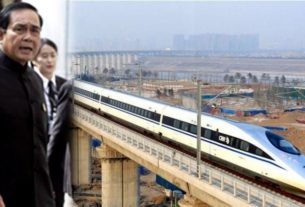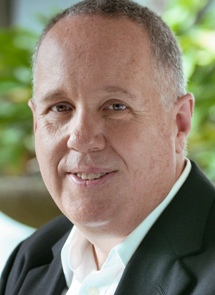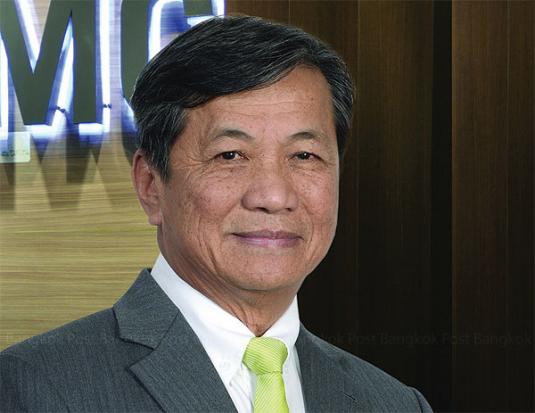The solar cell producer is planning to build a high-grade silicon production facility in western Thailand. However, to break into the market it may require more investment and a turnaround in polysilicon market prices.
It seems that there is no end to the interest in solar-based manufacturing in Southeast Asia. After a number of solar manufacturers invested in facilities there last year, Thai solar cell producer Solartron announced a five-year project to build a silicon purification metal production facility in western Thailand.
The move is part of a drive by Solartron to diversify its business, possibly into supplying raw materials to the solar industry. To achieve this, the company is eyeing a $132 million project to start producing solar-grade polysilicon, with a construction schedule of five years. Solartron did not specify if the plant would be for producing upgraded metallurgical-grade (UMG) silicon, or conventional polysilicon using chemical purification.
However, Solartron is still searching for the suitable technology required to complete the project, and chief operating officer Pavan Siamchai mentioned that the company would see the plan through, if the prices of polysilicon start to rise, suggesting that it will not be completed if the price does not rise.
The price of polysilicon started to nosedive in 2014, predominantly as a result of a global oversupply, as Chinese and South Korean suppliers expanded their capacity. Once at a high of $35 per kilogram, the price of polysilicon has now dropped to $14 per kilogram. And it does not look like reversing anytime soon, as Chinese polysilicon manufacturers have already begun capacity expansions for this year.
With the gloomy projections facing the polysilicon market, it is tough to see the plant being built anytime soon, especially considering the relatively small investment that Solartron has put aside for the project. “Even if you use UMG technology, you don’t get far with an investment of $132 million. The times when you were able to enter the market with an initial production capacity of 3,000 metric tons are over,” said Johannes Bernreuter, head of Bernreuter Research.
Whether this site gets built or not, it is yet more interest in Southeast Asia coming from the upstream of the solar industry. Thailand and Malaysia have been particularly popular destinations for new manufacturing capacities, usually in an attempt to avoid U.S. tariffs on Chinese and Taiwanese PV. “Manufacturing in Southeast Asia allows Chinese-based module suppliers to ship product to the U.S. market, exempt from import tariffs,” said Finlay Colville, Head of Market Intelligence at Solar Media Ltd.
Two examples of this in 2015 were Taiwanese cell producer Gintech announcing a PV cell factory in Thailand, and Chinese company JA Solar starting operations in a facility in Malaysia.


